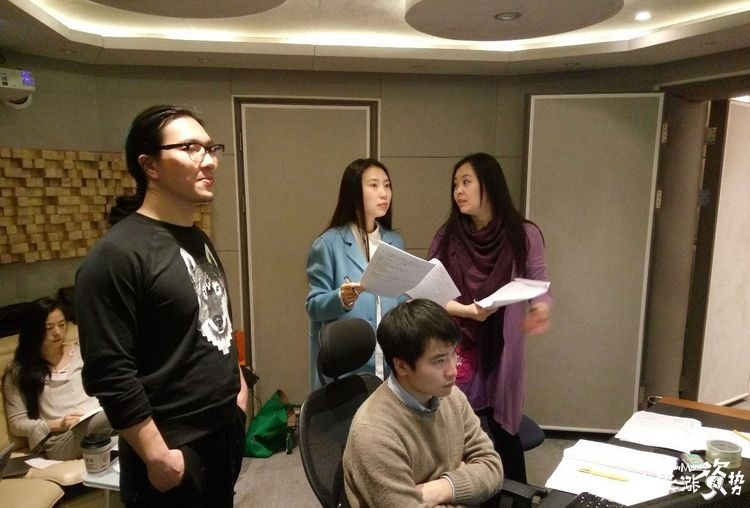People’s Network Comment: Perfecting the Socialist Legal System with Chinese Characteristics with the Constitution as the Core
This year marks the 40th anniversary of the promulgation and implementation of China’s current Constitution. On the occasion of the ninth National Constitution Day on December 4, various localities carried out publicity activities on the rule of law on National Constitution Day in various forms. Carry forward the spirit of the constitution, safeguard the authority of the constitution, strengthen the belief in the rule of law, and create a strong atmosphere of respecting the law and abiding by the law in the whole society.
Good law is the premise of good governance. To build the rule of law system in Socialism with Chinese characteristics, the first thing is to improve the socialist legal system with Chinese characteristics with the Constitution as the core. Since the 18th National Congress of the Communist Party of China, China’s legislative work has made positive progress and remarkable achievements: through constitutional amendments, it has promoted the formulation of anti-corruption national legislation such as the supervision law; Complete the compilation of the civil code and creatively use the constitutional system and provisions to deal with the major risks and challenges encountered in governing the country; Basic, comprehensive and guiding laws in important fields such as national security, health and public culture have been promulgated one after another; Legislation in foreign-related fields has been continuously strengthened … … The legal system is more scientific, complete and unified.
Entering a new era, the new situation and new mission put forward new and higher requirements for our party to govern the country according to the constitution and laws. Report to the 20th CPC National Congress of the Party stressed that it is necessary to improve the socialist legal system with Chinese characteristics with the Constitution as the core, strengthen legislation in key areas, emerging areas and foreign-related areas, make overall plans to promote domestic and foreign-related rule of law, promote scientific legislation, democratic legislation and legislation according to law, and make overall plans to reform, abolish, release and compile, which further declared our Party’s firm determination to unswervingly build a socialist country ruled by law, provided an action guide and made clear the direction for writing a new chapter in legislative work in the new era and new journey.
Concentrate on the spirit of the Constitution. Constitution is the fundamental law of the country, the concentrated expression of the will of the party and the people, and the core and commander of the socialist legal system with Chinese characteristics. Facts have fully proved that the current constitution is a good constitution that conforms to the national conditions, reality and the development requirements of the times. To build a modern socialist country and promote the great rejuvenation of the Chinese nation in an all-round way, we must pay more attention to the important role of the Constitution in governing the country, adhere to the Constitution as the highest legal norm, and persist in governing the country and governing the country according to the Constitution. This requires that in the future legislative work, efforts should be made to strengthen the implementation and supervision of the Constitution, ensure and promote the full and effective implementation of the Constitution through complete laws, implement the procedural mechanism of constitutional interpretation, actively and steadily promote the constitutional review, and use the spirit of the Constitution to condense legislative consensus. At the same time, the Constitution should be integrated into the daily life of the people and enter the people, so that the spirit of the Constitution can be deeply rooted in the hearts of the people.
The constitution confirms the party’s ruling position and leading core position. Adhering to the party’s leadership is the most fundamental guarantee of socialist rule of law, and it is also the basic experience of making new achievements and realizing new development in legislative work. In the new journey, to improve the socialist legal system with Chinese characteristics with the Constitution as the core, we must always adhere to the leadership of the Party, adhere to legislation first, give full play to the leading and promoting role of legislation, actively respond to the demand of promoting Chinese modernization under the rule of law and the people’s growing needs for a better life, adhere to and improve the established and proven fundamental systems, basic systems and important systems, focus on the gaps and conflicts of the legal system, and make overall plans and promote all the work of reform, abolition, interpretation and compilation.
Establish good laws in the world, then the world will be ruled; If good laws are established in one country, then one country will govern. Building a socialist modern country in an all-round way is a great and arduous undertaking, which may face a major test of high winds, high waves and even stormy waves. On the new journey, only by anchoring the goal and task of promoting the rule of law in China, constantly improving the socialist legal system with Chinese characteristics with the Constitution as the core, and promoting and ensuring development with good laws, can we cope with major challenges, resist major risks, overcome major obstacles, resolve major contradictions, and escort the Chinese dream of realizing the great rejuvenation of the Chinese nation.






































